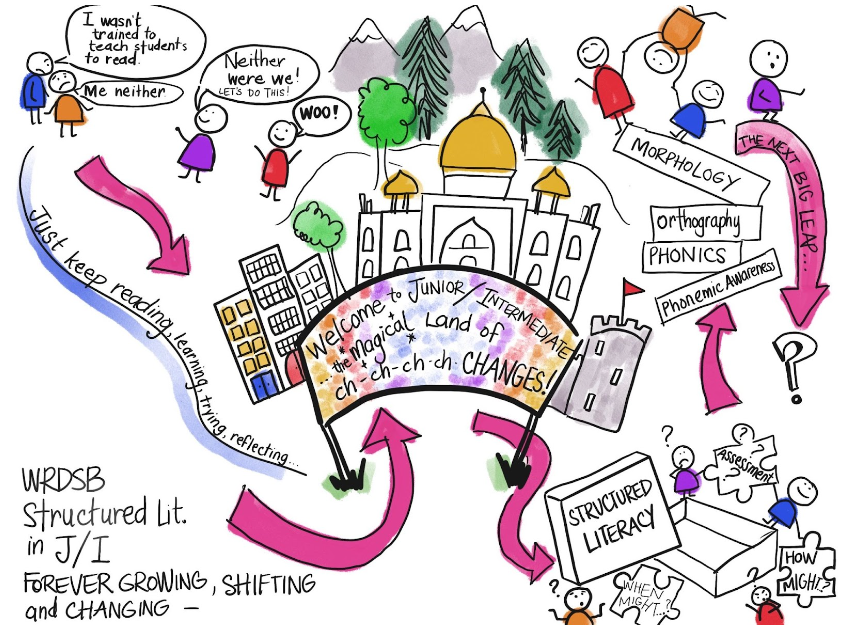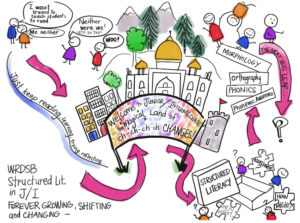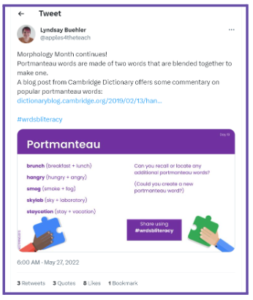Structured Literacy In Junior/Intermediate: Forever Growing, Shifting, and Changing

Structured Literacy In Junior/Intermediate: Forever Growing, Shifting, and Changing
The Challenge
We all have students who struggle with reading and writing, but what can we do and how do we support them? “I wasn’t trained to teach students to read” and “I don’t know where to start” are common hesitations that we hear, but we also hear that many want to help and want to learn. In recent years, the need for quality reading instruction has been made more apparent. As more educators notice students with gaps in their learning, we continue to hear conversations and wonderings about how we support students, how we meet their needs and how we move their skills forward. With the release of the Right to Read Report, this need and the desire for change has even greater urgency.
The Unique J/I Perspective
The Junior and Intermediate years are a place of continual transition. Students in grades 4 to 10 experience all kinds of changes (social, physical, academic and more) while becoming more aware of themselves, their identities, their agency and independence. As educators in this space, we can model our own abilities to grow, change and flex to support students to do the same.
As educators, we must be forever open to change. The latest shift is to our literacy practices to ensure they reflect both student needs and the new knowledge we have gained by exploring the ever-growing body of research on the science of reading. It is with this knowledge that we are shifting. We are shifting our instruction to incorporate structured literacy, to (re-)embrace small group instruction and to equip students with foundational reading and writing skills that will make access to learning more equitable.
 |
Our First Small Steps
In the consultant role, we support educators as they make shifts in their instruction. This task has not been simple. We began by learning alongside educators as we too had to learn about the elements of structured literacy. We sought evidence to assess long-established literacy practices. We also asked questions about structured literacy:
- How might embedding structured literacy in the J/I classroom differ from the Primary classroom?
- How might we use what we know about adolescent learners to present new or unfinished/wobbly learning in engaging, appropriate, and respectful ways?
- How can we ensure we are implementing structured literacy through a culturally relevant and responsive lens?
The learning we undertook – and continue to undertake – has been immense, and has driven our continued growth as educators.
Knowledge Sharing, Community Building
As we learned, we knew we had to share, but how? We had no release time. Everyone had busy schedules. We got creative. In May 2022, we took a step. We created our Morphology Month resource which we shared widely via Twitter and our board email. Essentially, it was a slide deck that provided learning for the educator and an activity for students: an activity a day for the month of May. Our goal with this first attempt was to provide snack-sized PD in an asynchronous way. Today, we still spot our slide deck out in the wild being used by classroom teachers and shared in other ways.
 |
Going Deeper
At the start of this school year (2022-23), we decided to go deeper. Our work centered around the following goals:
- To build capacity as we continued to define the role of structured literacy (evidence-based systematic and explicit instructional strategies) for older learners
- To find lower-risk entry points for teachers into structured literacy
- To rediscover impactful literacy instructional strategies & routines that were left behind due to COVID protocols
- To support classrooms with a wider diversity of learners (de-streaming at all levels)
- To facilitate educator inquiry and sharing that supported student learning
With these goals in mind we took our next steps. We began to offer a range of professional learning opportunities.
| Example Professional Development Opportunity | Some Key Takeaways |
| Junior Reading After School Series (six connected, sustained, and systematic virtual sessions) |
|
| In-class observations of co-planned small group lessons |
|
| Elementary-Secondary collaboration on a grade 7-10 day of in-person PD |
|
Early Literacy Will Always Exist In J/I
We encourage all educators to learn about early literacy because early literacy learners exist in the J/I classroom. Disruptions to student learning will always exist. Students will continue to develop unique and personal learning trajectories. Learning about early literacy will not only serve us in the short term, as we endeavour to provide students with instruction in foundational skills that may not have been explicitly taught in their earlier grades, but it will also serve us in the long-term, making us all stronger literacy teachers by giving us the knowledge and flexibility we need to meet students where they are at and continue moving their skill forward.
Next Steps
As this school year closes, some of us are heading back to classrooms and others are staying in central roles. While we will be in varied locations, we will carry our learnings with us. Success builds upon success and has reignited our enthusiasm for teaching. We look forward to bringing our enthusiasm with us into new communities and contexts. Through our learning journey, we have been reminded that we are all literacy teachers with a responsibility to explicitly teach reading in our classrooms, and that collaboration is key as the J/I panel requires us to continually shift our practice in service of all students. We have learned about early literacy and feel compelled to share that learning because early literacy instructional strategies support all emerging readers no matter their age.
Our journey with literacy instruction will never be done. As we write this we are anxiously awaiting a new curriculum. We anticipate some particularly exciting years of growth and change ahead, especially in areas where the revised curriculum might provide more clearly-defined targets. We know that this will propel our continual evolution which means we will still be growing, learning and shifting. We look forward to our next steps on the journey of literacy instruction.
Submitted by:
 |
Jill Waters, Secondary Teaching & Learning Consultant
Dimetra Karashialis, K-8 Teaching & Learning Consultant
Erin Drumm, K-8 Teaching & Learning Consultant
Lyndsay Buehler, K-8 Teaching & Learning Consultant


Recent Comments